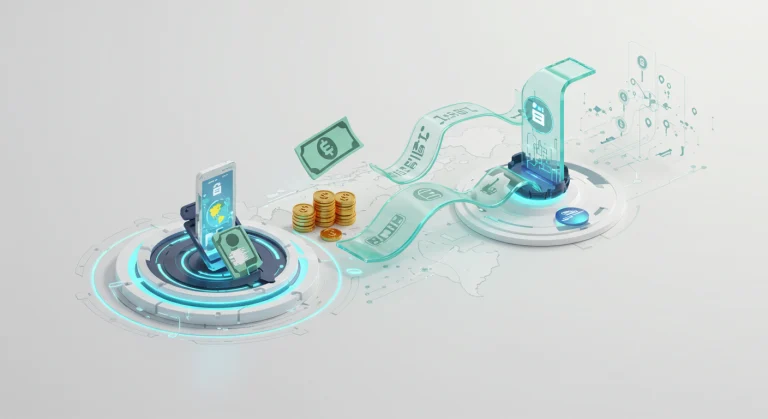Despite the growth of the payment options, the digital cash is still the method most commonly used in Colombia. According to data from the Bank of the Republic, in 2024, near the 78% of daily transactions still made using notes and coins.
This situation is not new. In 2020, the 88% of people used cash as the main form of payment, and although in 2022, the figure dropped to 78,4%the adoption of electronic media has shown slower progress than expected. Currently, only the 15% of transactions they are made by wire transfers, and just the 8% with debit cards.
Why is cash still leading in Colombia?
There are multiple reasons for which the cash maintains its dominance in the economy of the country, despite the rise of digitization.
1. Limited access to the technology and banking services
Not all the people in Colombia have access to the internet or electronic devices that allow them to do digital payments. In rural areas, the lack of connectivity and the low presence of bank branches hinder the adoption of electronic media.
2. Distrust in digital payments
The fear of fraud, theft and data security issues is another important barrier. Many colombians prefer to manage their money in cash because they feel they have more control over their finances and avoid possible problems with banks or digital platforms.
3. High rate of non-banking
According to the Bank of the Republic, 32.5% of the population in Colombia do not have any financial product, such as savings accounts or bank cards. This situation is even more critical in such cities as Cartagena Valledupar, where almost half of the inhabitants are not banked.
4. Preference of cash on everyday purchases
The cash is still the method more practical and affordable to make small purchases, especially among the population of low-income. According to studies, 87.5% of people who earn less than a minimum wage prefer to pay in cashbecause it is faster and avoids the need to interact with banks.
What can be done to boost the digitalization?
Although eliminating the use of cash is not a viable option in the short term, yes, it is possible to move towards a hybrid systemwhere to coexist cash payments and digital.
1. Education and trust in electronic media
It is essential to generate greater confidence in the digital payments by using campaigns of financial education. Explain how they work electronic means of payment, and how they can be safe and efficient and would help to reduce the resistance of the population.
2. Improve digital infrastructure
For more colombians to adopt digital payments, it is necessary to strengthen the technology infrastructure of the country. Expand internet coverage in rural areas and to improve the accessibility of payment platforms will allow that more people can use them without any complications.
3. Financial inclusion
The financial sector must continue to promote banking through accessible products and without excessive costs. Options such as savings accounts digital no commissions, wallets and mobile payments with QR code can facilitate the adoption of electronic payments, especially in sectors that are not banked.
4. Ease-in digital payments
Many people still prefer cash because digital methods are sometimes complicated or require too many steps. To simplify the process of electronic payment and improve the user experience could encourage their use.
A hybrid model: the key to a successful transition
Instead of trying to replace cash entirely, it is ideal to implement a model in which payments digital complement to cash.
“A hybrid model that mix of cash and digital payments can better respond to the current needs of the colombians,” he explains Andrés Daza, director of Prosegur Cash. This approach would allow for a transition more inclusive, safe and efficient towards a digital economy, without excluding those who still depend on the money in the physical.
Colombia is located at a key point in the evolution of their payment systems. Although digital payments continue to grow, the cash will continue to be a vital part of the economy, at least in the next few years. The key is in finding the balance to achieve a transition to sustainable and adapted to the needs of the population.
You may also like : bre-b-the-revolution-in-payments-immediate



